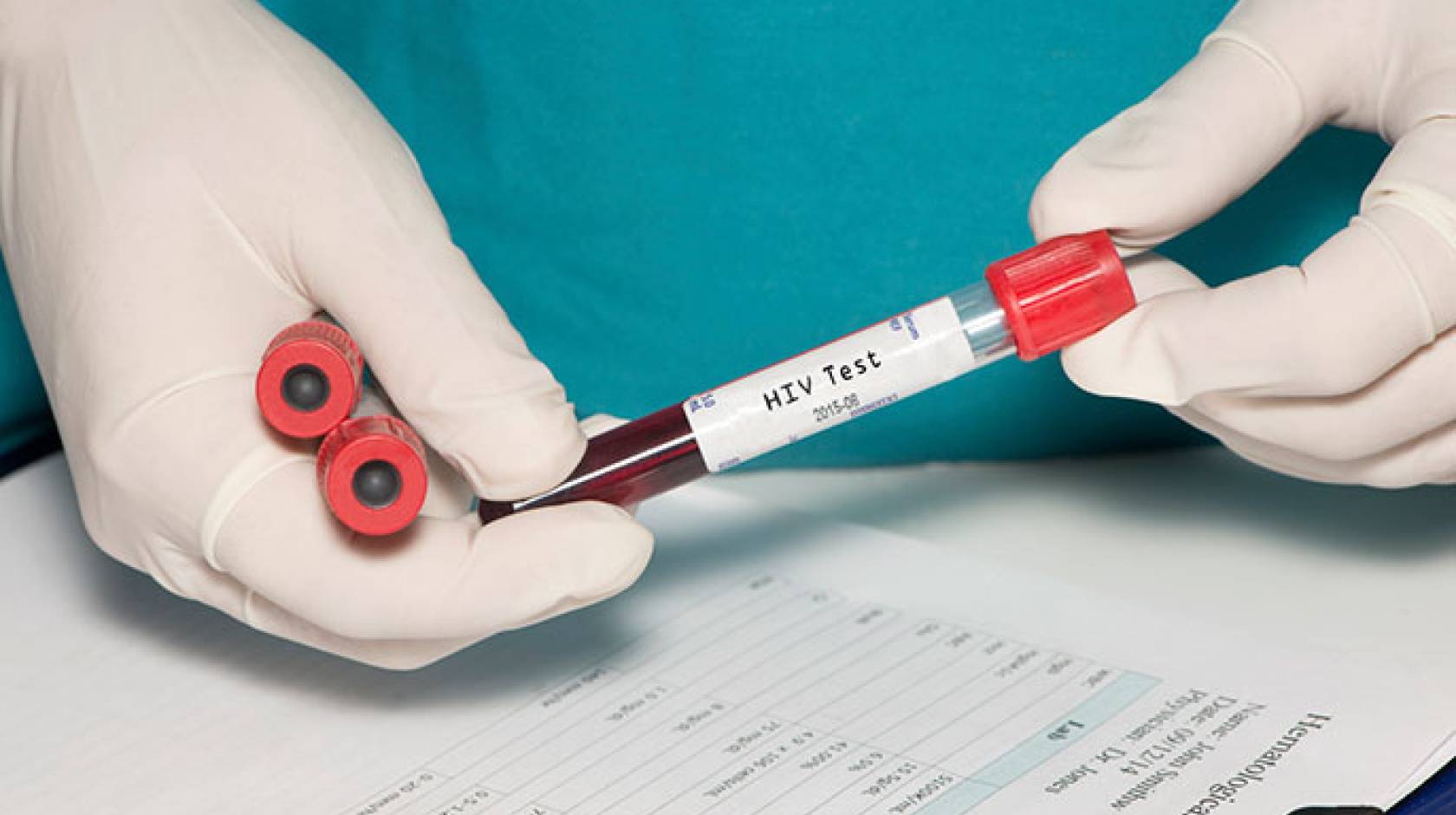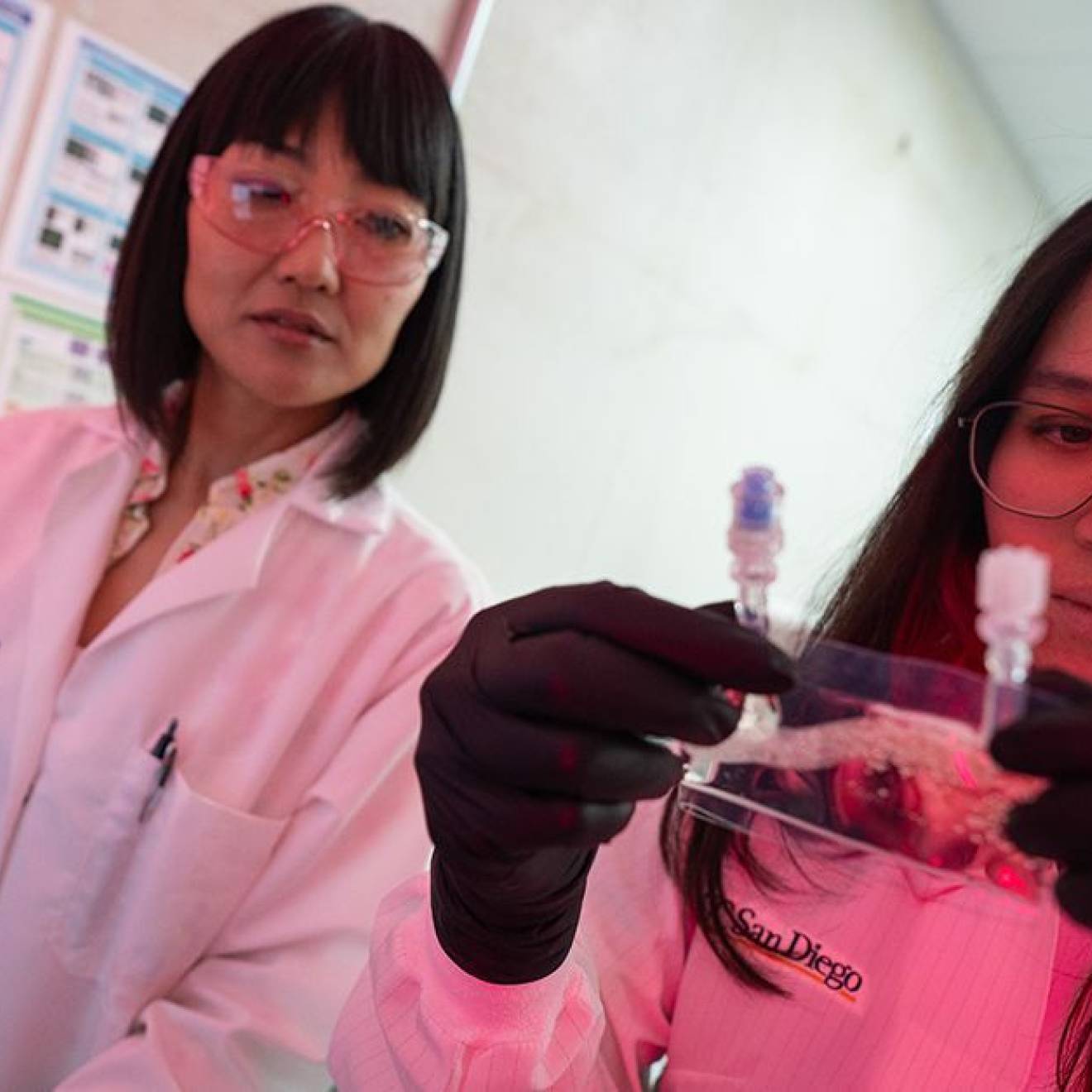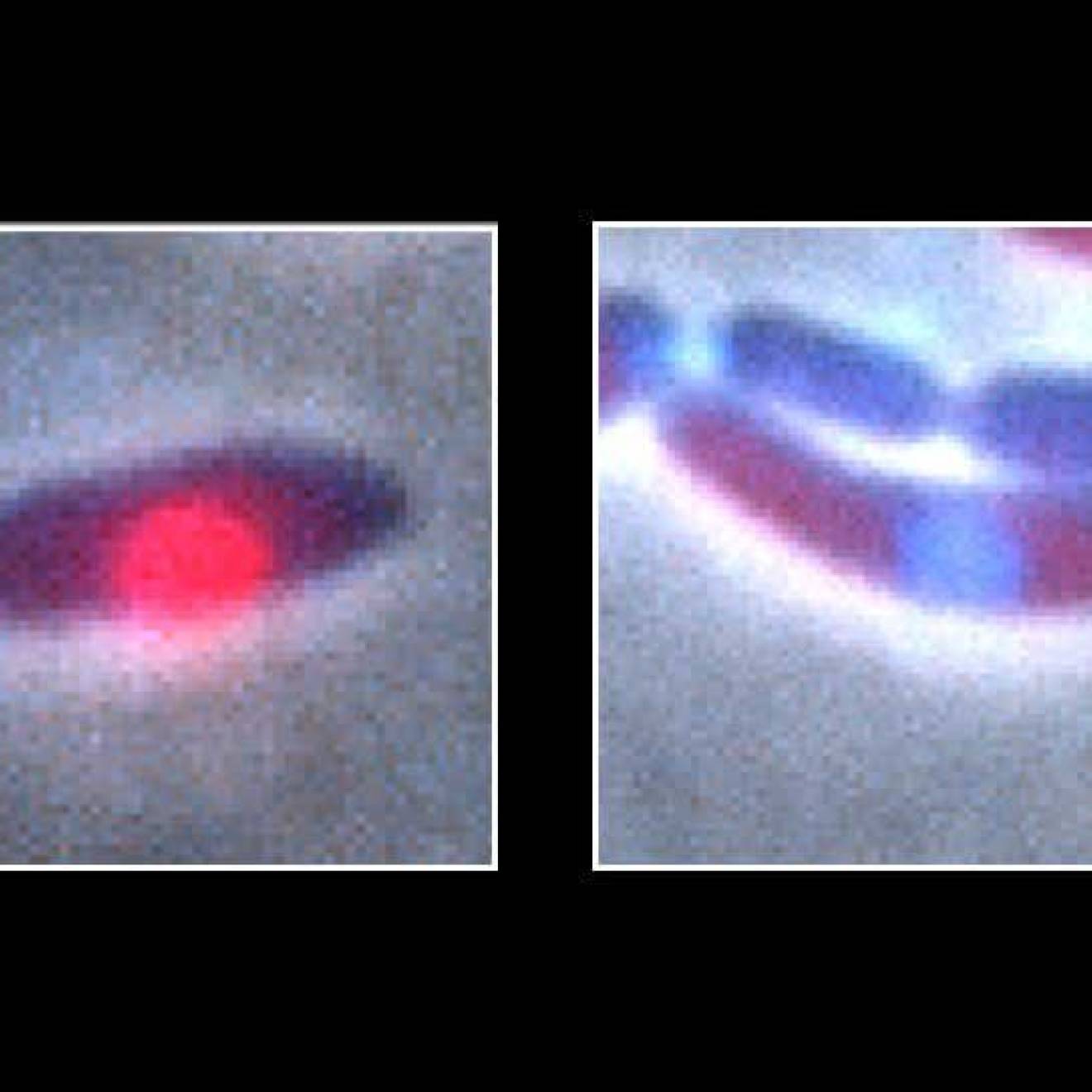Gladstone Institutes

Researchers from the Gladstone Institutes have revealed that HIV does not cause AIDS by the virus’s direct effect on the host’s immune cells, but rather through the cells’ lethal influence on one another.
HIV can either be spread through free-floating virus that directly infect the host immune cells, or an infected cell can pass the virus to an uninfected cell. The second method, cell to cell transmission, is 100 to 1,000 times more efficient, and the new study shows that it is only this method that sets off a cellular chain reaction that ends in the newly infected cells committing suicide.
“The fundamental ‘killing units’ of CD4 T cells in lymphoid tissues are other infected cells, not the free virus,” says co-first author Gilad Doitsh, Ph.D., a staff research investigator at the Gladstone Institute of Virology and Immunology. “And cell-to-cell transmission of HIV is required for activation of the main HIV death pathway.”
In a previous investigation, the scientists discovered that 95 percent of cell death from HIV is caused by immune cells committing suicide in self-defense after an unsuccessful infection. When the virus tries to invade a cell that is “at rest,” the infection is aborted. However, fragments of viral DNA remain and are detected by the resting host cell. This triggers a domino effect in the cell’s defense system, resulting in the activation of the enzyme caspase-1, which ultimately causes the induction of pyroptosis, a fiery form of cell suicide.
Cell-to-cell transmission is key
In the new study, published in Cell Reports, it was revealed that this death pathway is only activated through cell-to-cell transmission of HIV, not from infection by free-floating viral particles. Using lymphoid tissue infected with HIV, the scientists compared cell death rates between cell-to-cell and cell-free virus transfer. They discovered that while overall rates of infection remained the same, there was significantly more CD4 T cell death if HIV was spread by infection from other cells than by free-floating virus.
“Although free-floating viruses establish the initial infection, it is the subsequent cell-to-cell spread of HIV that causes massive CD4 T cell death,” says co-first author Nicole Galloway, Ph.D., a postdoctoral fellow at the Gladstone Institute of Virology and Immunology. “Cell-to-cell transmission of HIV is absolutely required for activation of the pathogenic HIV cell-death pathway.”
To confirm this finding, the researchers perturbed viral transfer through a number of means: genetically modifying the virus, applying chemical HIV inhibitors, blocking inter-cellular synapses, and increasing the physical distance between the cells so they could not come into contact with one another. Notably, disruption of cell-to-cell contact effectively stopped the death of CD4 T cells. What’s more, only during cell-to-cell transmission was caspase-1 activated within the target cells, thereby initiating pyroptosis, the pro-inflammatory cell-suicide response.
The scientists speculate that the difference in cell death rates between the two methods of infection is due to the increased efficiency of cell-to-cell transmission. Aborted viral DNA fragments are quickly removed during infection by cell-free HIV particles, so they are not detected by the cell’s defensive system. However, in cell-to-cell transmission, the viral DNA fragments overwhelm cell maintenance, building up until they surpass a threshold and are detected. This then triggers caspase-1 activation and pyroptosis.
“This study fundamentally changes our mindset about how HIV causes massive cell death, and puts the spotlight squarely on the infected cells in lymphoid tissues rather than the free virus,” says senior author Warner C. Greene, M.D., Ph.D., director of the Gladstone Institute of Virology and Immunology. “By preventing cell-to-cell transmission, we may able to block the death pathway and stop the progression from HIV infection to AIDS.”
Other investigators on the study include Kathryn Monroe, Zhiyuan Yang, and Isa Muñoz-Arias from the Gladstone Institutes, and David Levy from New York University College of Dentistry. Funding was provided by the National Institutes of Health, National Institute of Allergy and Infectious Diseases, the UCSF/Robert John Sabo Trust Award, and the Giannini Foundation Postdoctoral Research Fellowship.
About the Gladstone Institutes
To ensure our work does the greatest good, the Gladstone Institutes focuses on conditions with profound medical, economic, and social impact—unsolved diseases of the brain, the heart, and the immune system. Affiliated with the University of California, San Francisco, Gladstone is an independent, nonprofit life science research organization that uses visionary science and technology to overcome disease.

